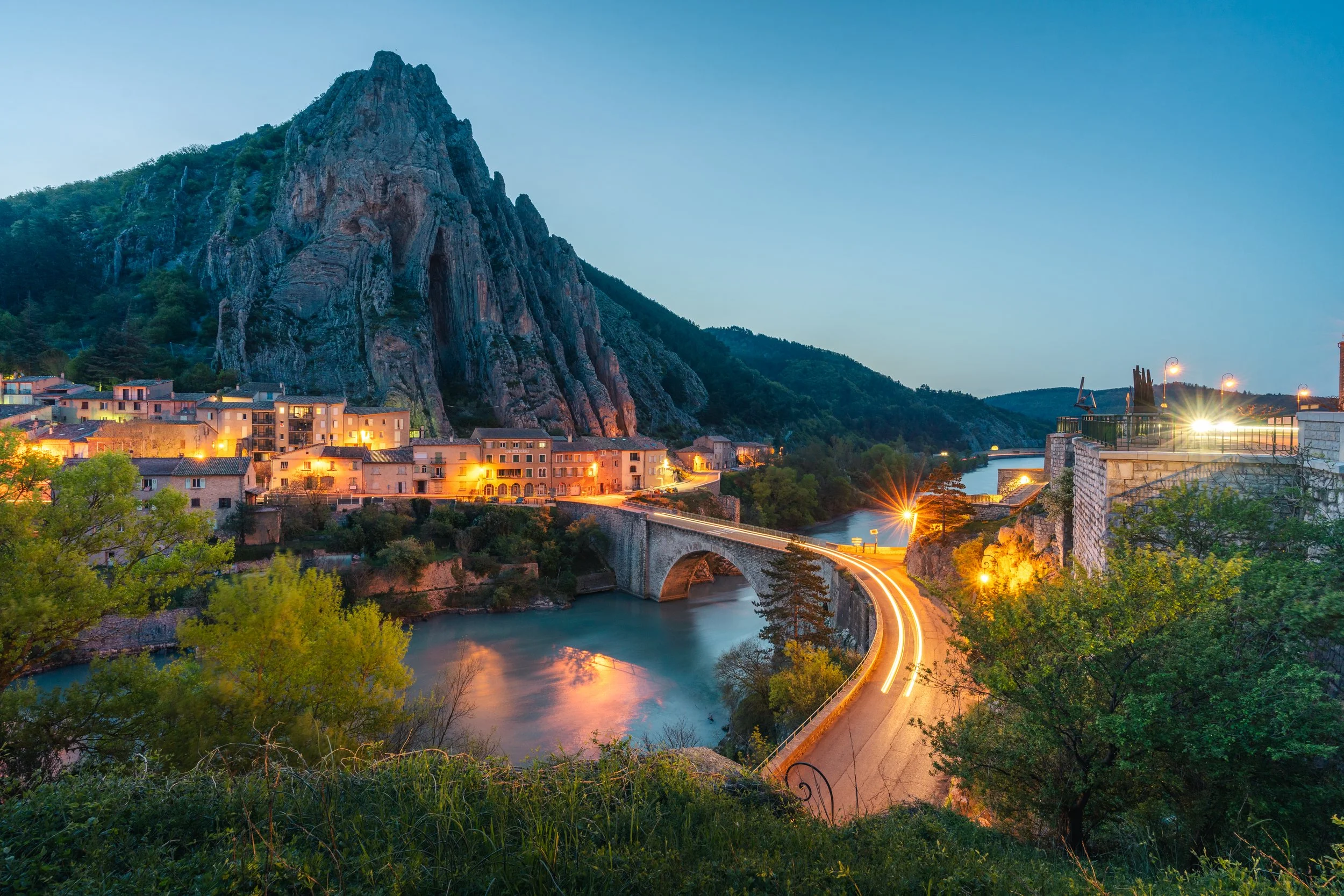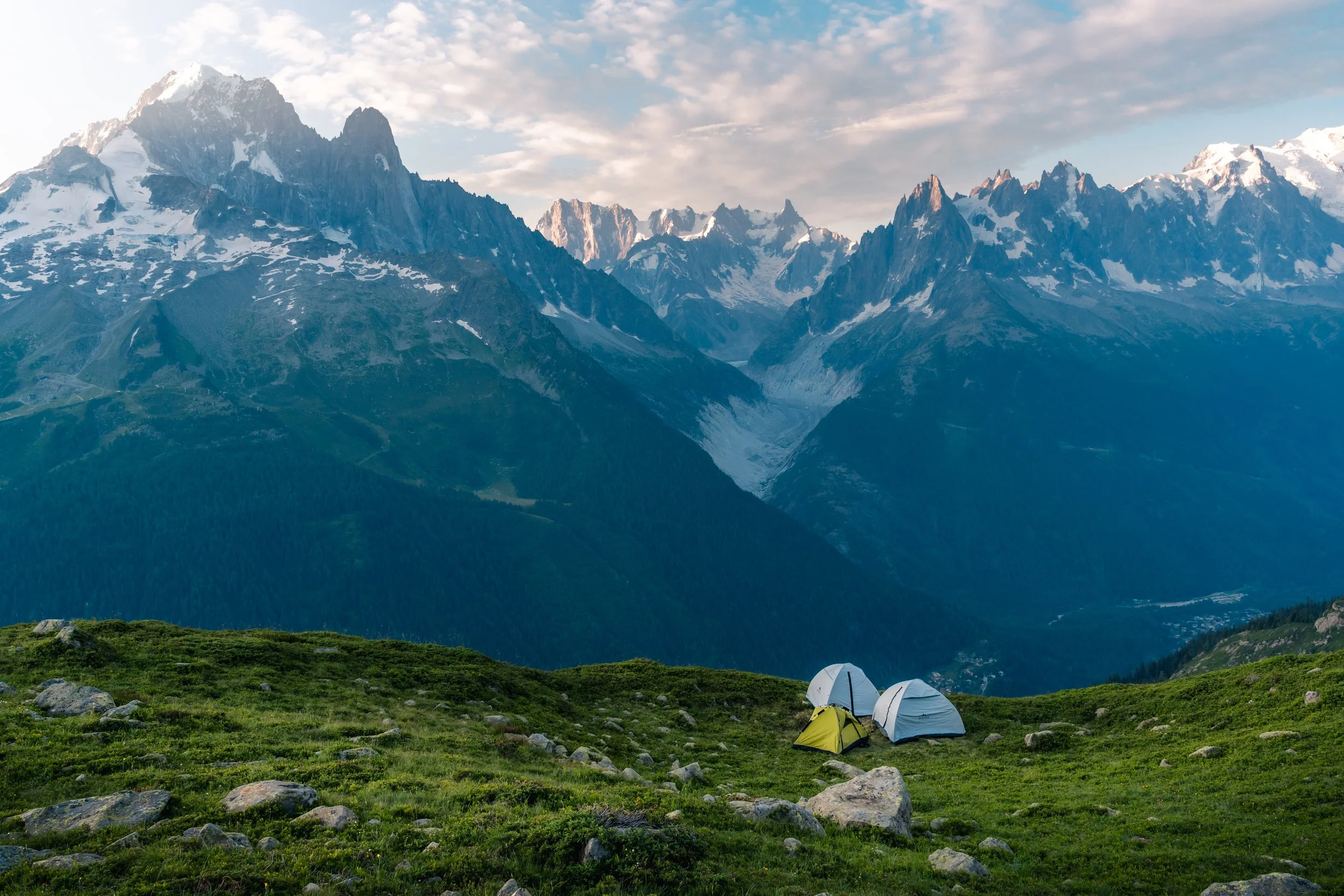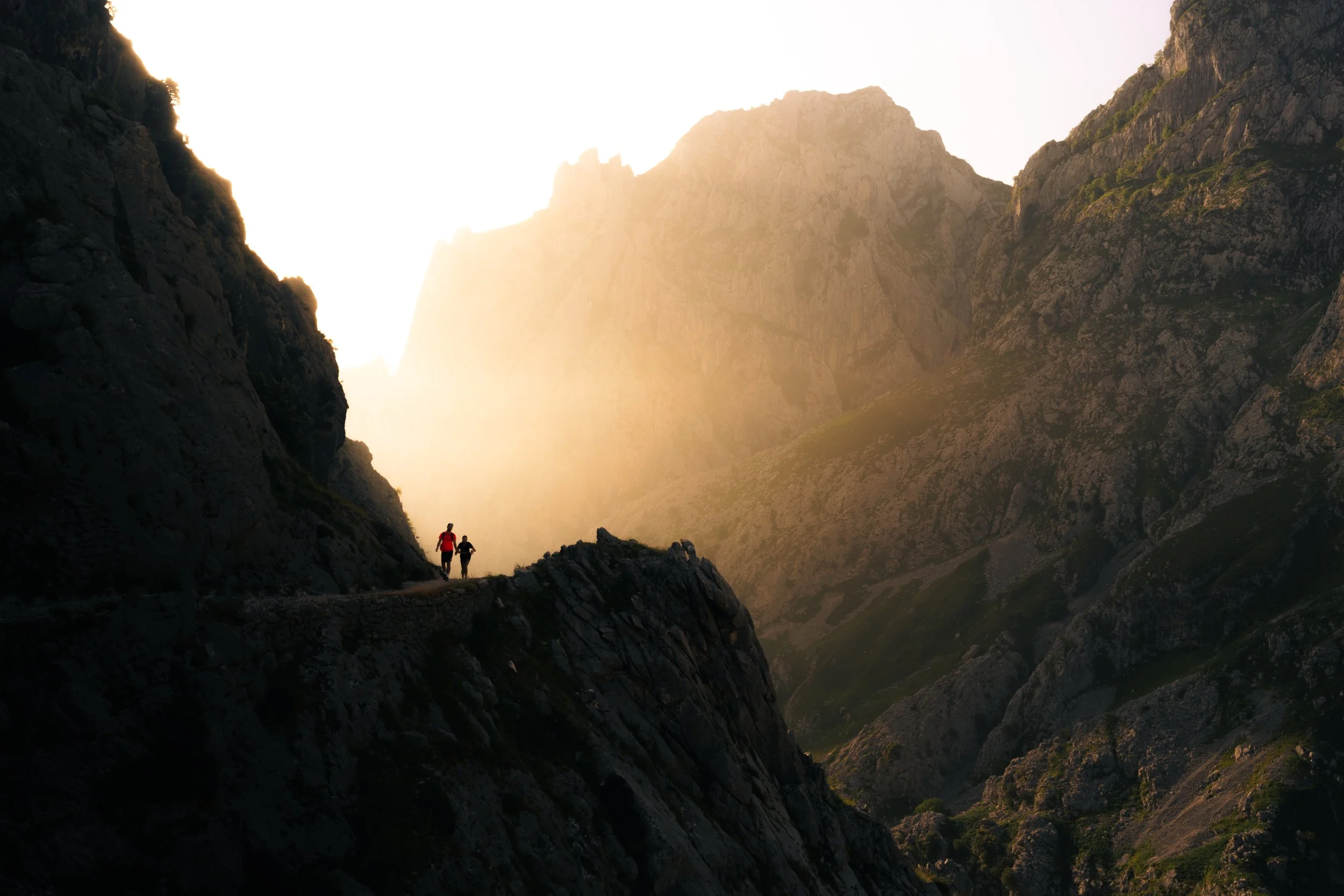The 20-60-20 Rule in Landscape Photography: A Better Way to Balance Your Shots
When it comes to landscape photography, we’ve all heard of the rule of thirds. It’s simple, effective, and it works—most of the time. But if you’ve ever looked at your shots and felt something was off, even though they technically followed the rule of thirds, you’re not alone.
That’s where the 20-60-20 rule comes in—a more intuitive, story-driven approach to framing landscapes that can completely change how your images feel. It’s a subtle shift in how you divide your frame, but it can make a huge difference in how your viewer experiences your scene.
What Is the 20-60-20 Rule?
The 20-60-20 rule is a compositional guideline for landscape photography that divides your frame vertically into three parts:
20% foreground
60% midground
20% sky
It’s all about balance—not in the mathematical sense, but in the visual sense. Rather than evenly splitting your frame (like a 50/50 horizon), the 20-60-20 rule weights your composition toward the most interesting part of your scene. This creates a more dynamic, natural-looking image that leads the viewer’s eye from front to back.
Why the 20-60-20 Rule Works
The magic of this rule lies in how our eyes naturally move through a landscape photo. We tend to start at the bottom, drawn in by leading lines or textures in the foreground. Then we move toward the main subject—the midground—before finally resting on the sky.
Here’s what each section does:
🌿 The Foreground (20%)
Your foreground is what anchors the viewer in your scene. It adds depth and a sense of scale—something that’s easy to lose in wide landscapes. This could be a patch of wildflowers, rocks along a riverbank, or even your own boots peeking into the frame. It’s the detail that invites the viewer into the image.
🏔️ The Midground (60%)
This is the heart of your photo—the story you’re trying to tell. Whether it’s a mountain range, a lake, or a forest, this is where most of the visual weight should sit. The midground connects your foreground and background, creating a natural flow through the scene.
☁️ The Sky (20%)
Unless you’ve got something incredible happening in the sky—like dramatic clouds or a fiery sunset—you don’t need it to dominate the frame. Giving the sky less space keeps the focus where it belongs: on the land. But when the sky is the star of the show, flip the rule (more on that below).
When to Flip the Rule
The beauty of the 20-60-20 rule is that it’s flexible. Sometimes, the sky is so captivating it deserves more space. In that case, you can reverse the balance:
20% foreground
20% midground
60% sky
This version works perfectly for sunrise and sunset scenes, stormy skies, or astrophotography—any time the sky itself tells the story.
How It Differs From the Rule of Thirds
The rule of thirds divides your frame evenly—roughly 33/33/33—while the 20-60-20 rule is intentionally uneven. That unevenness gives your image a more natural rhythm and hierarchy. It encourages you to prioritize what matters most in your shot instead of following a mathematical grid.
In short:
Rule of thirds: Even, predictable, balanced.
20-60-20 rule: Intentional, story-driven, immersive.
How to Apply It in the Field
Here’s a quick, practical guide for using the 20-60-20 rule when you’re out shooting:
Identify your strongest element.
What’s the story here—the land or the sky? That decides which version of the rule to use.Find your horizon line.
Use your camera’s live view grid to roughly place your horizon either at the 20% or 80% mark of the frame.Use leading lines in your foreground.
Rivers, trails, shadows, or fences can help draw the viewer into that 60% midground zone.Check your balance.
Before pressing the shutter, ask yourself where the eye naturally travels. If it flows smoothly from foreground to background, you’ve nailed it.
Real-World Example
Imagine you’re shooting from a lakeshore at sunrise. You’ve got reflective water, a mountain range in the distance, and a sky slowly turning orange.
If the reflection is weak, you might use the traditional 20-60-20 layout, keeping the mountains as your main subject and just a sliver of sky.
But if the reflection is stunning, you might flip it—giving 60% to the sky and reflection, and only 20% to the land.
The point isn’t to follow numbers precisely—it’s to think intentionally about what deserves more space in your frame.
Why It’s Great for Storytelling
Landscape photography isn’t just about capturing scenery—it’s about conveying how it felt to be there. The 20-60-20 rule encourages that storytelling mindset. By deciding what dominates your composition, you’re deciding what emotion or story you want to communicate.
More land = grounded, immersive, adventurous.
More sky = open, expansive, awe-inspiring.
Final Thoughts
The 20-60-20 rule isn’t a strict formula—it’s a framework for intentional composition. It reminds you to think beyond technical grids and focus instead on the emotional weight of your image.
Next time you’re out shooting, pause before taking the shot and ask:
“What deserves the most space in this story?”
Whether it’s the mountains, the sky, or the path that led you there, the 20-60-20 rule will help you tell that story with clarity and depth.


